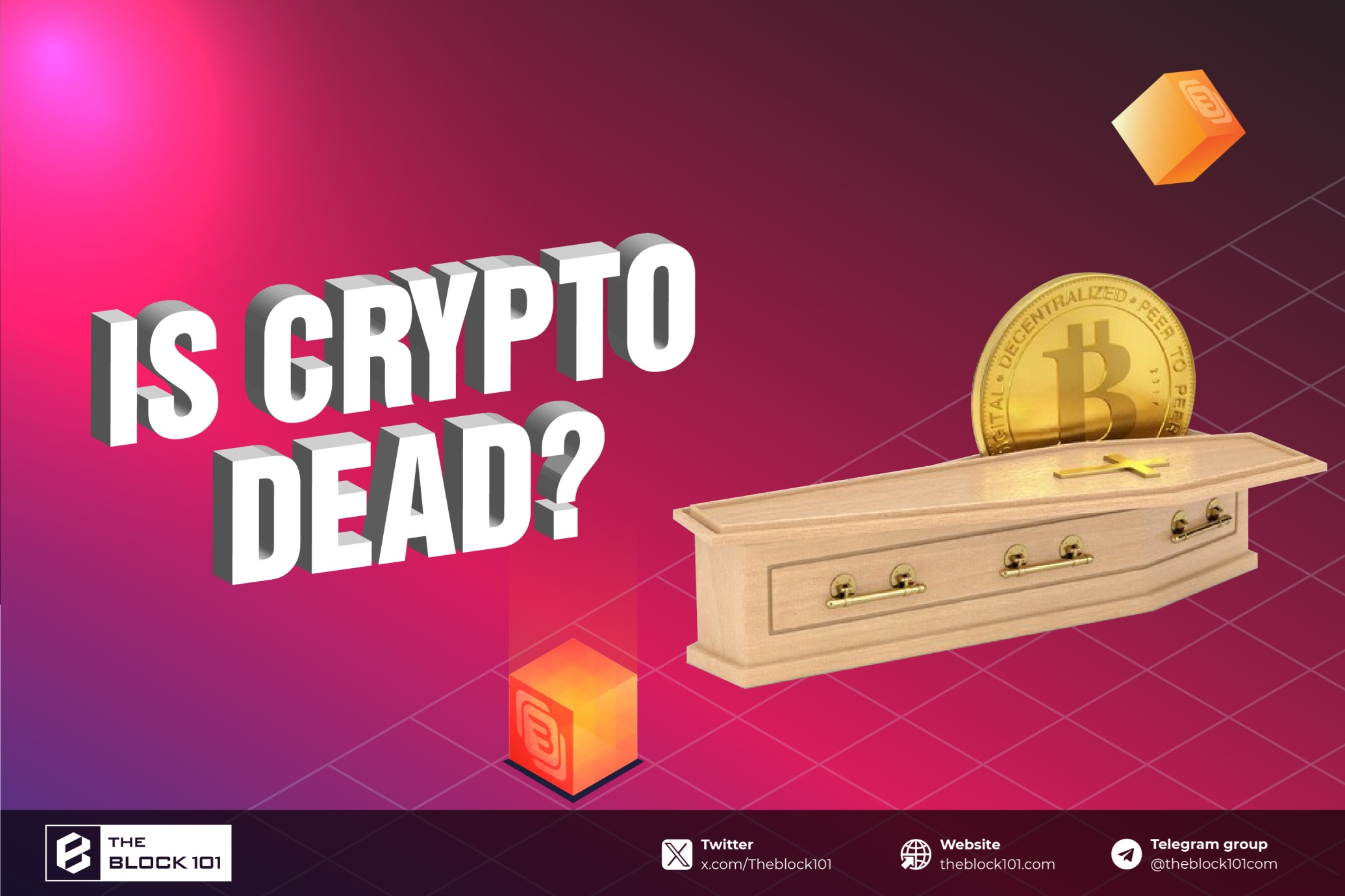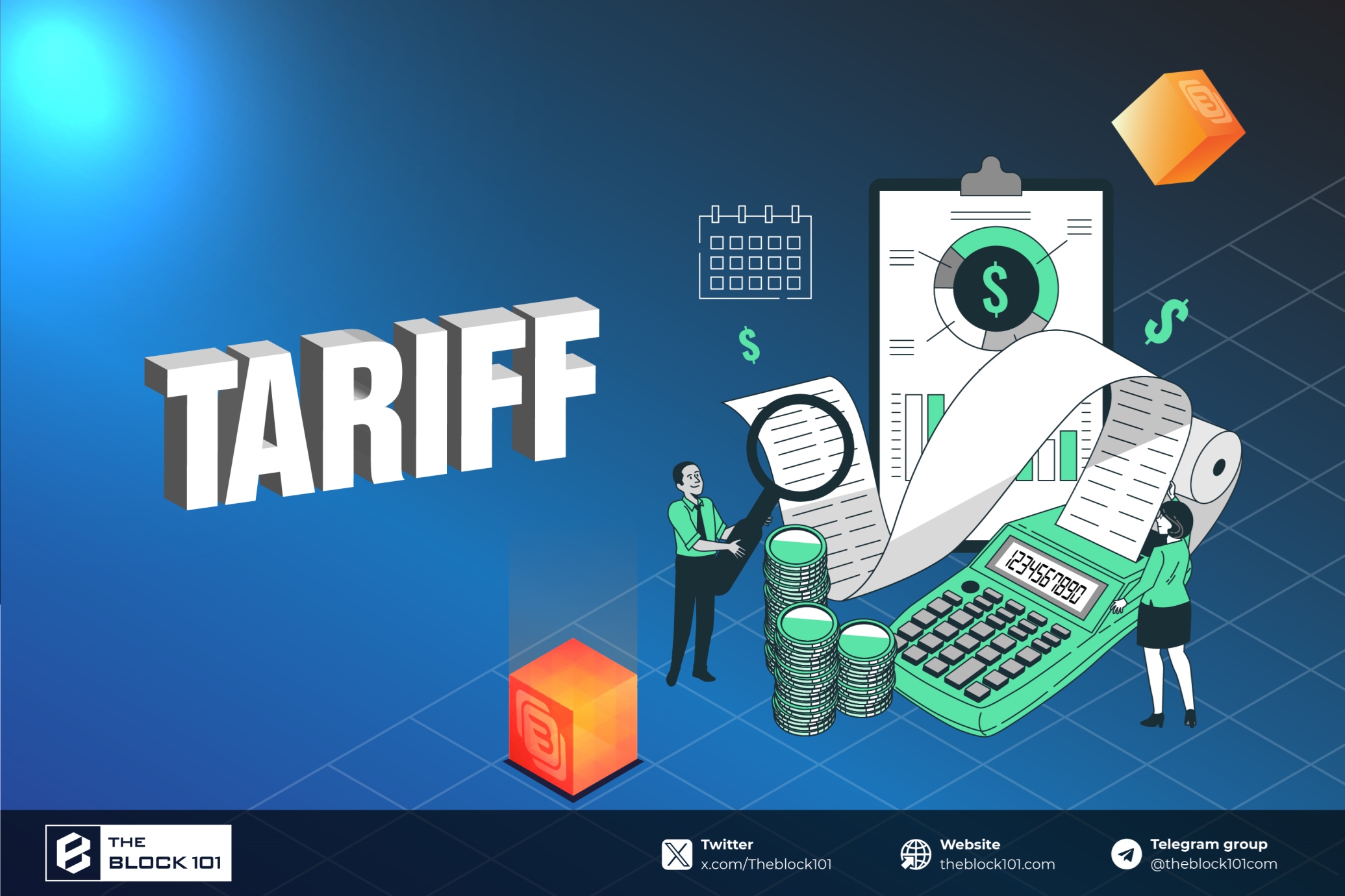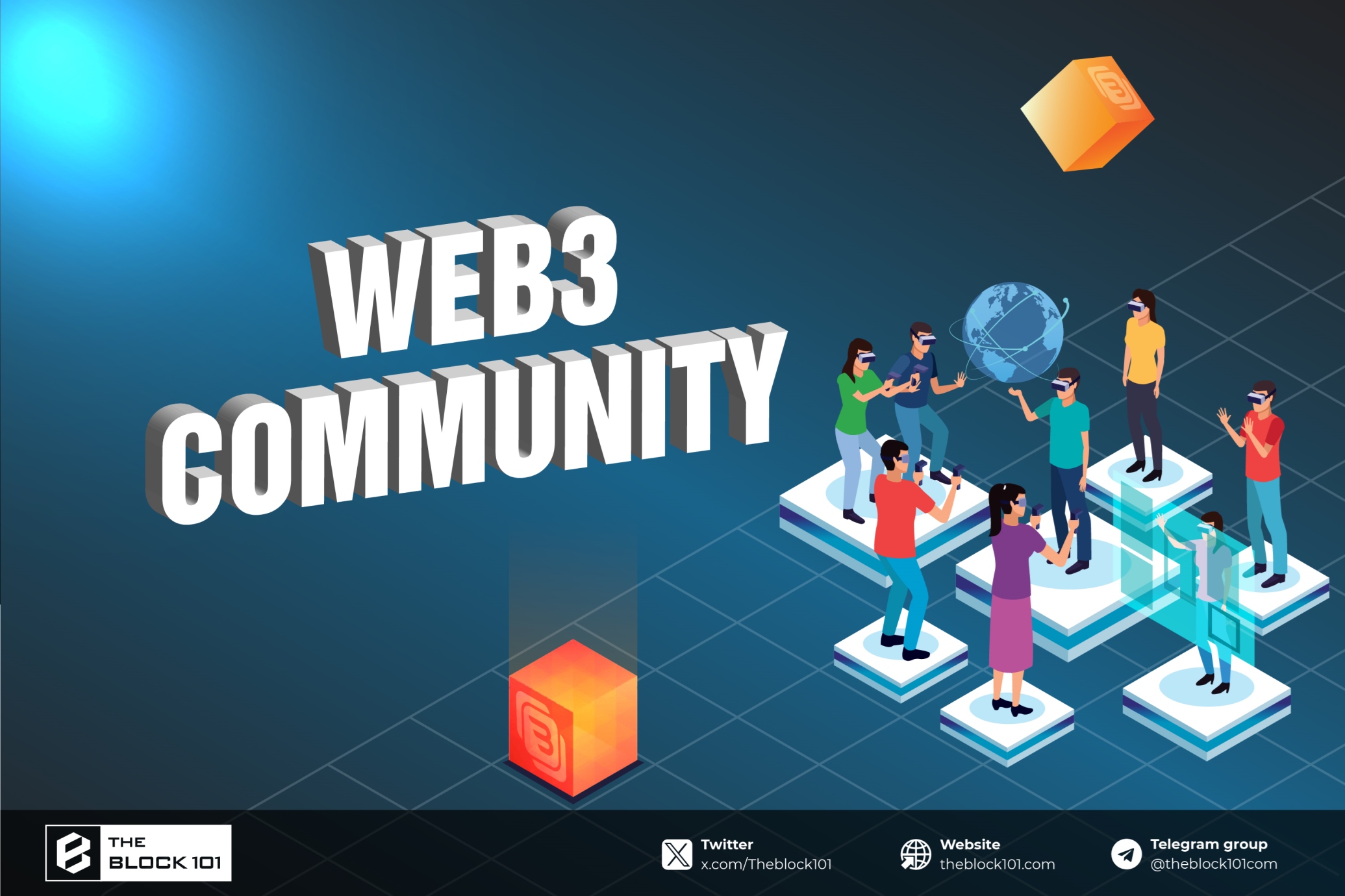1. What is NFTFI Token?
Before exploring NFTFI tokens, it's essential to grasp the basics of NFTs and DeFi.
1.1. What are Non-Fungible Tokens (NFTs)?
NFTs are digital assets that represent ownership or proof of authenticity of a unique item or piece of content, often digital art, music, videos, or virtual real estate. Unlike cryptocurrencies like Bitcoin or Ethereum, which are fungible and can be exchanged on a one-to-one basis, NFTs are unique and cannot be exchanged like-for-like. Each NFT is distinct, with metadata and ownership information recorded on the blockchain, ensuring transparency and immutability.
1.2. What is Decentralized Finance (DeFi)?
DeFi refers to a decentralized financial system built on blockchain technology, primarily Ethereum. DeFi aims to recreate traditional financial instruments like lending, borrowing, and trading in a decentralized manner, eliminating intermediaries like banks. Smart contracts, self-executing contracts with the terms of the agreement directly written into code, power DeFi applications, ensuring transparency, security, and automation.
1.3. What is NFTFI Token?
NFTFI tokens are a novel concept blending NFTs with DeFi principles, offering new ways to leverage NFTs beyond mere ownership and trading. NFTFI stands for "Non-Fungible Token Finance," representing a class of financial instruments that utilize NFTs as collateral or integrate them into financial products and services.
2. Key features of NFTFI Tokens
-
Collateralization
NFTFI platforms enable users to use their NFTs as collateral for loans. Instead of selling a valuable NFT, owners can lock their NFTs in a smart contract and receive a loan in cryptocurrency, maintaining ownership while accessing liquidity.
-
Yield generation
NFTFI tokens can be staked or deposited in DeFi protocols to earn yields. This process involves lending out NFTs or using them in liquidity pools, generating passive income for NFT holders.
-
Fractional ownership
NFTFI platforms facilitate the fractionalization of NFTs, allowing multiple investors to own a portion of a high-value NFT. This lowers the entry barrier for investors and increases liquidity for NFT assets.
-
NFT swaps
Some NFTFI platforms enable swapping or trading NFTs within the ecosystem, allowing users to exchange their digital assets without traditional marketplaces.
3. How NFTFI Tokens work
The functionality of NFTFI tokens relies on the integration of smart contracts, DeFi protocols, and the unique properties of NFTs. Here’s a step-by-step overview of how NFTFI tokens work:
-
Tokenization of NFTs
The process begins with the tokenization of NFTs. NFT owners mint their digital assets on a blockchain platform, creating a unique NFT representing ownership or authenticity of the asset. This NFT is then integrated into the NFTFI ecosystem.
-
Collateralization and lending
Once an NFT is tokenized, it can be used as collateral in lending platforms. NFT owners lock their NFTs in a smart contract and receive a loan in cryptocurrency, such as Ethereum. The smart contract ensures the NFT remains secure and cannot be transferred until the loan is repaid. If the borrower defaults, the lender can claim the NFT.
-
Yield farming and staking
NFTFI platforms often provide yield farming or staking opportunities. NFT owners can stake their NFTs or deposit them into DeFi protocols, earning rewards in the form of interest or additional tokens. This incentivizes holding and utilizing NFTs within the ecosystem.
-
Fractional ownership
High-value NFTs can be fractionalized, creating ERC-20 tokens that represent a share of the NFT. These fractional tokens can be traded on decentralized exchanges (DEXs), allowing investors to buy and sell fractions of valuable NFTs, enhancing liquidity and accessibility.
-
NFT swaps and marketplaces
NFTFI platforms may offer marketplaces or swap functionalities where users can trade NFTs directly. This feature reduces reliance on traditional NFT marketplaces, providing a more integrated and efficient ecosystem for NFT trading.
4. Benefits of NFTFI Tokens
NFTFI tokens introduce several benefits to the NFT and DeFi ecosystems, enhancing their utility and attractiveness to investors and users:
-
Liquidity: By using NFTs as collateral, owners can access liquidity without selling their assets. This provides flexibility and financial leverage.
-
Passive income: Yield farming and staking opportunities allow NFT holders to earn passive income, making their investments more productive.
-
Increased accessibility: Fractional ownership lowers the barrier for entry, allowing more investors to participate in the NFT market and diversifying their portfolios.
-
Innovative financial products: NFTFI tokens enable the creation of new financial products and services, driving innovation in the blockchain space.
-
Enhanced market efficiency: Integrated swap functionalities and marketplaces improve market efficiency, reducing reliance on traditional platforms and intermediaries.
5. Risks and challenges of NFTFI Tokens
While NFTFI tokens offer significant potential, they also come with risks and challenges that need to be addressed:
-
Smart contract risks: As with any DeFi application, the security of smart contracts is paramount. Bugs or vulnerabilities in smart contracts can lead to loss of assets.
-
Market volatility: The value of NFTs and cryptocurrencies can be highly volatile. Sudden price drops can impact collateralized loans and the overall value of NFTFI tokens.
-
Regulatory uncertainty: The regulatory landscape for NFTs and DeFi is still evolving. Changes in regulations could impact the operation and legality of NFTFI platforms.
-
Liquidity risks: While fractional ownership increases liquidity, it also introduces risks if the market for fractionalized NFTs becomes illiquid.
6. Popular NFTFI Platforms
Several platforms have emerged in the NFTFI space, offering various services and functionalities:
-
NFTfi: NFTfi is a leading platform that allows users to use their NFTs as collateral for loans. It provides a decentralized marketplace for NFT-backed loans, ensuring security and transparency.
-
Nifty Gateway: Known for its NFT marketplace, Nifty Gateway has also ventured into the NFTFI space, offering fractional ownership and trading options for high-value NFTs.
-
Uniswap: While primarily a decentralized exchange, Uniswap supports the trading of fractionalized NFTs, providing liquidity for NFT investors.
-
Aavegotchi: Aavegotchi combines DeFi and NFTs, allowing users to stake their NFTs in the Aavegotchi ecosystem and earn rewards.
7. Future of NFTFI Tokens
The NFTFI space is still in its early stages, but its potential is vast. As more platforms adopt NFTFI principles and develop innovative solutions, the ecosystem is likely to expand. Here are some potential future developments:
-
Integration with traditional finance: NFTFI tokens could bridge the gap between traditional finance and blockchain, enabling more mainstream adoption of NFTs and DeFi.
-
Enhanced interoperability: Cross-chain solutions and interoperability between different blockchain networks could improve the usability and accessibility of NFTFI tokens.
-
Advanced financial products: The development of more sophisticated financial products, such as NFT-backed derivatives and insurance, could further enhance the utility of NFTFI tokens.
-
Mainstream adoption: As the technology matures and regulatory clarity improves, mainstream adoption of NFTFI tokens could increase, attracting more investors and users.
8. Conclusion
NFTFI tokens represent a significant evolution in the blockchain and cryptocurrency space, combining the uniqueness of NFTs with the financial innovation of DeFi. By enabling collateralization, yield generation, fractional ownership, and integrated marketplaces, NFTFI tokens offer new ways to leverage digital assets. While the ecosystem is still developing, the potential benefits and innovations are substantial. As technology and adoption progress, NFTFI tokens could become a cornerstone of the decentralized financial landscape, driving further growth and innovation in the blockchain industry.
Read more:
- What is NFTFi? What are the projects worth following in NFTFi?
- What are NFTs? Everything You Must Know About This Future Asset
- Ways to make money from NFTs

 English
English Tiếng Việt
Tiếng Việt.jpg)
















